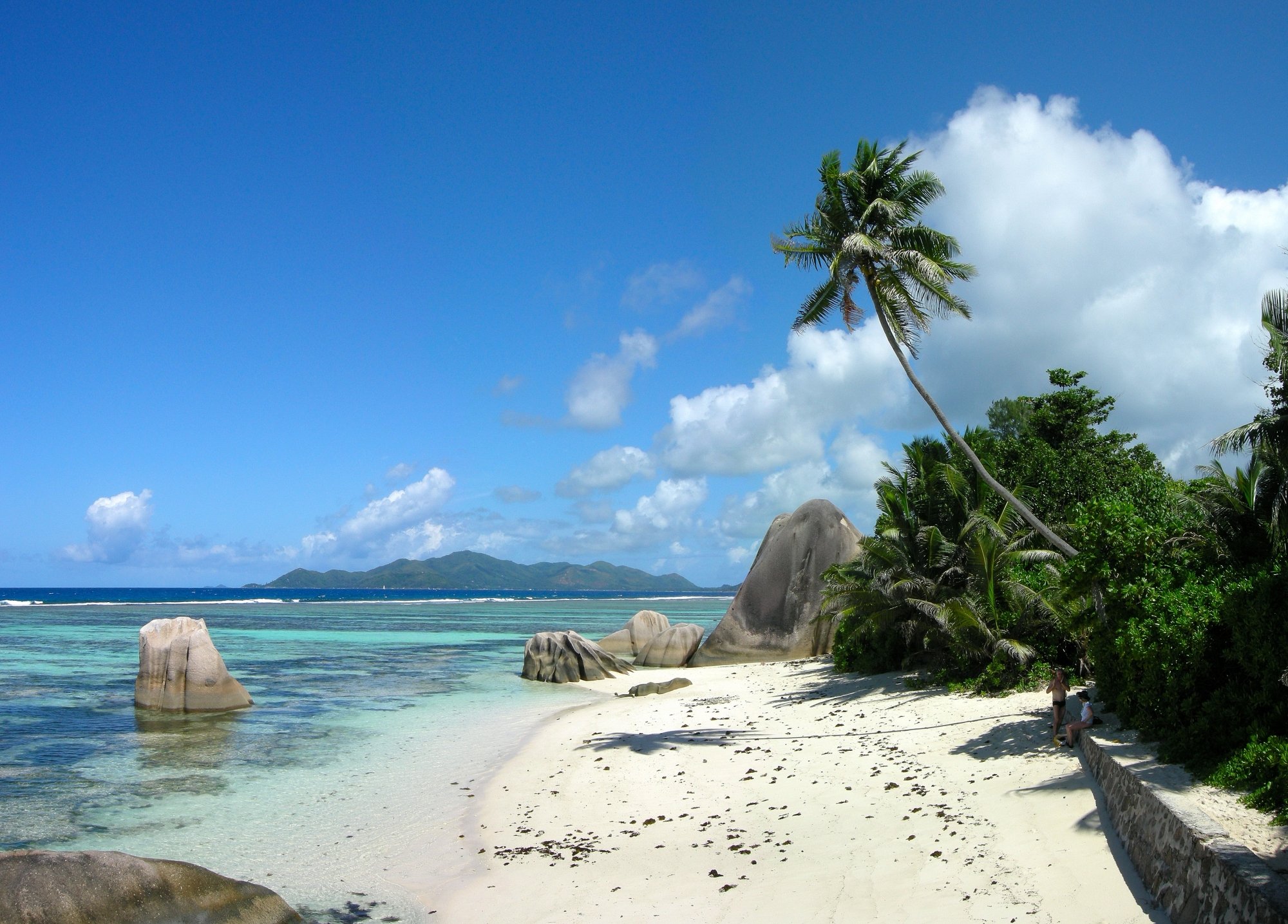🇸🇨map Seychelles [Overview]

Seychelles, known locally as Sesel in Seychellois Creole, is a scatter of 115 islands in the Indian Ocean northeast of Madagascar, with its capital Victoria on Mahé. It’s a small nation by land area and population, yet it guards vast stretches of rich marine territory and endemic wildlife. The islands were uninhabited until European contact, and their granitic peaks are among the oldest exposed rocks on Earth, giving the inner islands a dramatic, mountainous profile. Life moves at an easy coastal tempo, but the country is well organized, outward-looking, and used to welcoming travelers and professionals from around the world.
Economy
Most people work in services, with tourism as the heavyweight employer—from hotels and restaurants to dive operators and inter-island logistics. You’ll also find careers in public administration, education, and finance, plus a growing ecosystem around conservation, blue economy research, and fisheries management. Traditional plantation crops like copra, cinnamon, and vanilla shaped the economy in the past; today, tuna fishing and processing remain important alongside high-end tourism and niche agriculture. The natural resource that matters most is the ocean itself—fisheries, marine biodiversity, and the beauty of coral reefs and granite islands sustain livelihoods and attract investment.
Despite its small size, Seychelles is well connected. The international airport on Mahé links to major African, Middle Eastern, and sometimes European hubs, and reliable undersea cables support internet connectivity for remote workers. The country is active in regional and global forums, cooperating closely with Indian Ocean neighbors on maritime security and environmental protection. Its legal and institutional frameworks draw from both French civil traditions and British common law influences, which many expatriates find familiar when setting up companies or employment contracts.
Culture
Seychelles is proudly Creole. The dominant language is Seychellois Creole, with English and French also official and widely used in business, government, and media. The population reflects centuries of movement across the Indian Ocean—African, French, Malagasy, and smaller Indian and Chinese influences blend into a distinct Creole identity. The islands were first settled by the French in the 18th century, later administered by the British, and became independent in 1976. That layered history shows up in everyday life, from surnames and music to food and festivals.
People care deeply about family, church, and the sea. Roman Catholicism is the majority faith, and you’ll notice that in community calendars and social life; other Christian denominations and smaller faith communities are present as well. Expect a lively cultural scene anchored by Creole cuisine—curries with fish or meat, rice, coconut milk, and tropical fruit—and music that leans into rhythms shared across the western Indian Ocean. Major celebrations include Independence Day in late June, the annual Creole Festival that fills the streets with dance and food, and Christmas and Easter observances that bring families together across the islands. For newcomers, the rhythm feels relaxed, but relationships matter—learn a bit of Creole, greet people warmly, and the islands open up quickly.
Amara
Amara is a business strategist and cultural liaison originally from Nairobi, Kenya,
with over 12 years of experience in African markets and international corporate
development across the continent. Having worked for major multinational corporations
and regional organizations including the African Development Bank and East African
Community, Amara has extensive experience facilitating the relocation of international
talent to Kenya, South Africa, and other key African markets, as well as helping
African professionals navigate assignments abroad.
Published: 2025-09-22